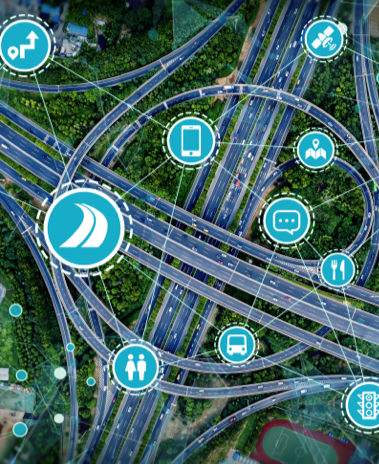#R&D
Innovation is one of the main tools for a company to guarantee its sustainability, efficiency and competitiveness. In our case, our continued commitment to innovation has made us the most innovative Spanish utility, and the third most innovative in Europe, according to the European Commission's classification.
-
Educational robots enable students of all ages to become familiar with and deepen their knowledge of robotics and programming, while at the same time learning other cognitive skills. Find out how robots can help your children's education and which are the most popular among the wide range of robots available on the market.
According to the consultancy Gartner, hyperautomation will be one of the technological trends that will have the greatest impact in the next decade. This concept, which goes far beyond mechanising repetitive manual tasks carried out by people, refers to the automation of any business process using a combination of robotic process automation (RPA) and other advanced technologies, such as Artificial Intelligence and Machine Learning.
-
Iberdrola, in collaboration with a group of industry partners and technological companies, is driving the development of a new digital platform (SSP) for secondary substations. Based on Edge Computing, will allow the company to continue leading the digital transformation of its network business.
-
Facebook Edge Computing: the technology enabling a step forward in the digitalisation and flexibility of the distribution grid
-
Twitter Edge Computing: the technology enabling a step forward in the digitalisation and flexibility of the distribution grid
-
Linkedin Edge Computing: the technology enabling a step forward in the digitalisation and flexibility of the distribution grid
-
Whatsapp
We live in the age of technology, but there's still plenty to come. In recent years, large companies have been taking small — but important steps — forward in quantum computing, which looks set to revolutionise the world as we know it. The following selection of potential applications will impact everything from mobility to healthcare.
-
-
The unstoppable growth of big cities is a daily challenge for sustainable mobility. Thanks to the digital revolution, tools like big data and concepts like car sharing have become vital components in creating smart cities with high-performance mobility systems. Let's take a look at some of the key aspects in the future of mobility and the trends that will revolutionise the way we move.
What makes a country a benchmark for innovation (R&D)? Parameters such as the GII (Global Innovation Index) serve as a scale for discovering the most innovative countries.




















